This pretty little marsupial up here is a herbivore and nocturnal rodent from Australia, which usually feeds on bark, grasses and roots. They have very slow metabolism and, thus, slow digestion, which helps them survive in dry places. The wombat is a solitary animal that lives in burrows and those can be turned into extensive burrow-and-chamber complexes. Other similar wombat species are more social.
That burrowing habit, though, can be really bad for the soil of Australian farms, which causes wombats to be hunted like vermin. Some species are even considered considered critically endangered because of gunning for their fur, or just for fun.
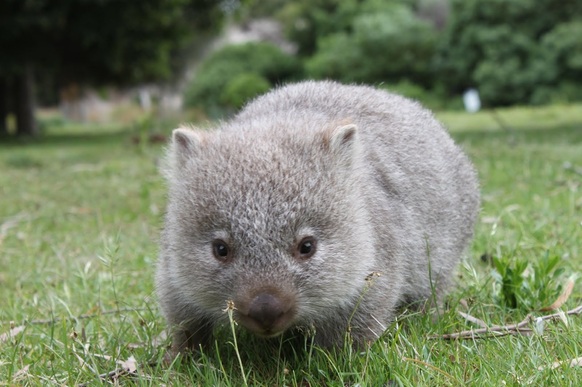
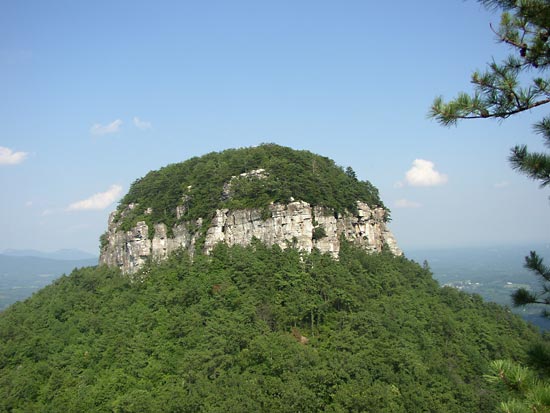
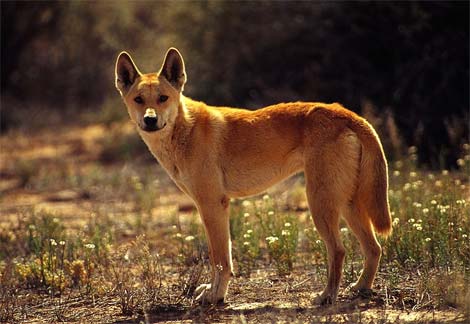
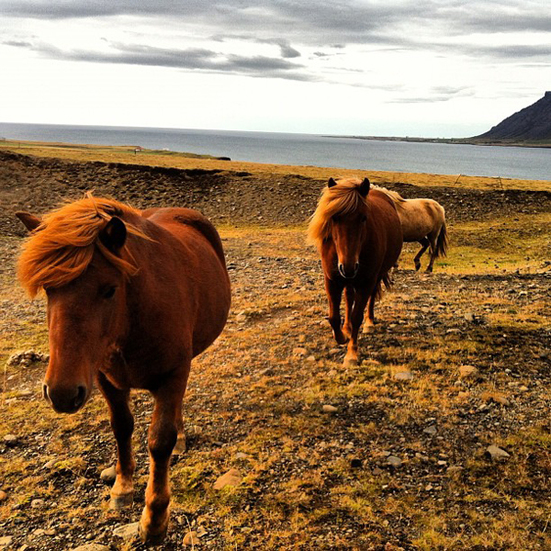
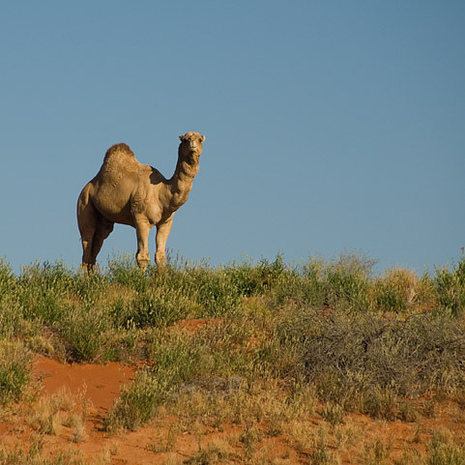
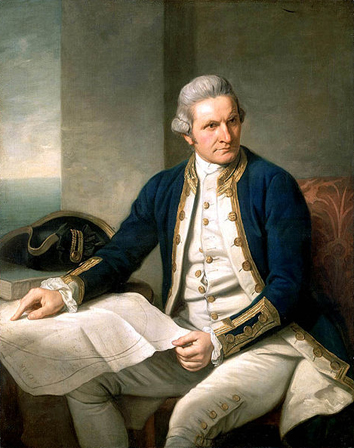
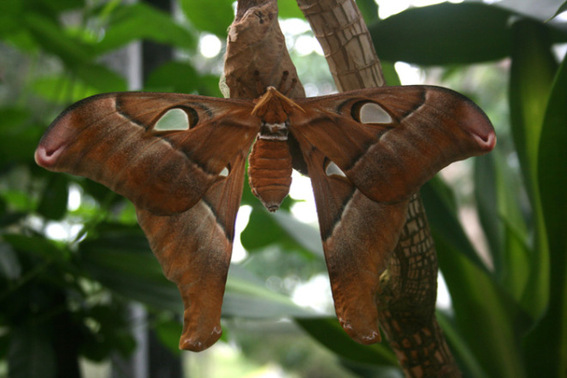
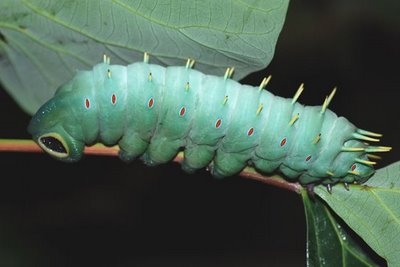
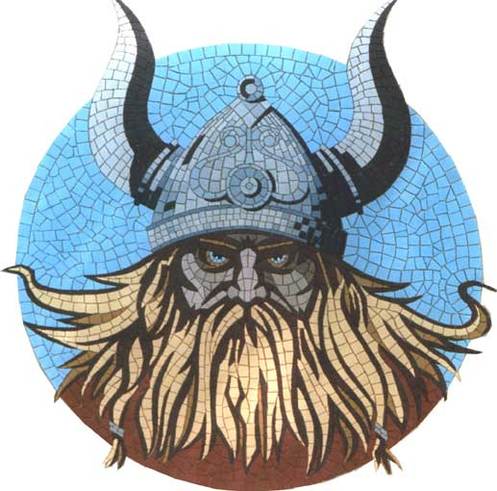
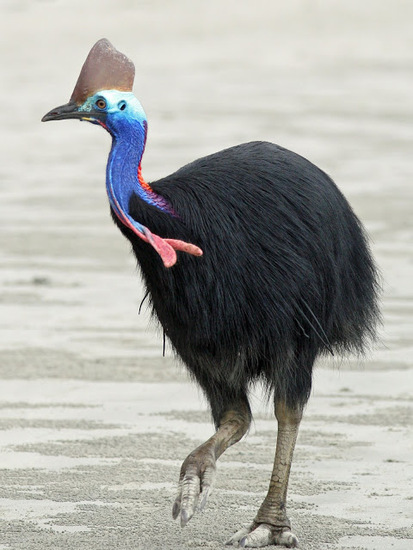
 RSS Feed
RSS Feed